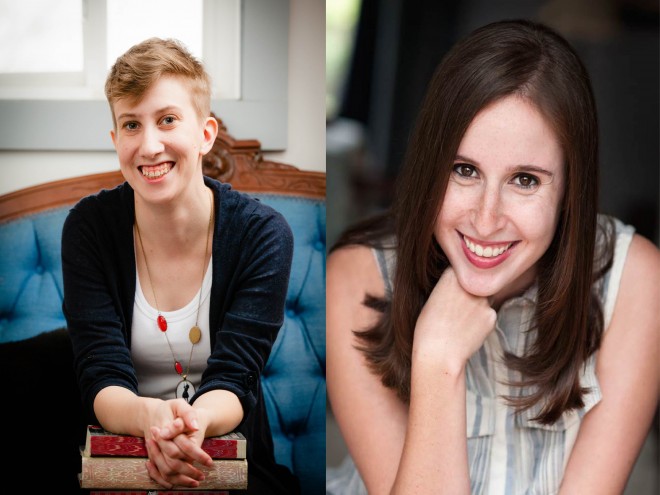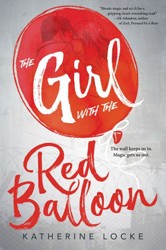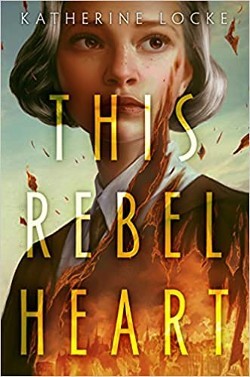This ambitious magical realist novel, the second in the Balloonmakers series, uses the backdrop of World War II to explore intensely difficult issues: moral choices within a just war, Jewish identity, sexual orientation, and the impact of family relationships on our lives. Set during the time of the top-secret Manhattan Project, the novel chronicles the lives of Wolf and Ilse Klein, Jewish siblings taken by the United States government from their home in New York in 1943 in order to enlist their talents with magic in service of the war effort.
Ilse and Wolf are intellectually gifted, introspective, and somewhat rebellious. They use balloons for transportation, and human blood as a vehicle for magic equations in order to advance atomic research, and thus prevent Nazis from using the bomb toward their goal of annihilation. Wolf is sent to Europe, while Ilse works with other young women at the Oak Ridge, Tennessee nuclear facilities. At times the story seems almost overwhelmed by its own weight, as Locke has each protagonist, in alternating chapters, describe in chilling detail the violence and betrayal that takes over their lives. There are typical elements of a thriller, as well as philosophical discussions about whether the use of nuclear weapons is ever justified.
Both Klein siblings are gay. While it would be easy to assume that this choice represents a checking of boxes to highlight the story’s contemporary relevance, Locke succeeds in drawing parallels between the secrecy that the siblings’ war work requires and their painful need to conceal their own inner lives.
One of Ilse’s associates, Stella, a young black woman, is forced to live separately in Oak Ridge’s segregated housing. Locke notes the reality of this injustice in her author’s note. Although the novel does not explore this element as a major theme, Stella is a believable character and provides some insight into the marginalization of Americans of color during World War II.
The novel suffers from some anachronisms. The term “African American,” for example, was not generally used in 1943. Other expressions such as “genius” as an adjective, and “Luddite” to criticize an opponent of technology, also entered common speech much later than the era in which the book is set. These choices certainly do not compromise the book’s message; they may even make it more accessible to contemporary readers. However, when a story is rooted in real events — even if it is in the fantasy genre — it’s important to be accurate. Facts and words matter. These remain minor quibbles about a serious and passionate exploration of a terrible time in history, and a vulnerable time in a young adult’s development.
Finally, The Spy with the Red Balloon deserves commendation for its focus on Jewish identity. Wolf and Ilse are not particularly religiously observant, but as Jews they are bitterly aware of their threatened safety, and the precarious survival of the Jewish people as a whole. The siblings convey loyalty and attachment to their Jewish heritage; this is especially evident in Wolf’s close friendship with Lily, a young Jewish widow who becomes his comrade in their fight against the Nazis.
The words of the rabbi at the Rosh Hashanah service that Ilse attends at Oak Ridge will likely resonate with readers today: “We are here. We are alive. We are resilient…We are grieving.”
The Spy with the Red Balloon is recommended for readers 14 and older. Younger readers may benefit from reading the author’s note, included at the end of the book, before reading the novel, as it provides some historical background.
Emily Schneider writes about literature, feminism, and culture for Tablet, The Forward, The Horn Book, and other publications, and writes about children’s books on her blog. She has a Ph.D. in Romance Languages and Literatures.





